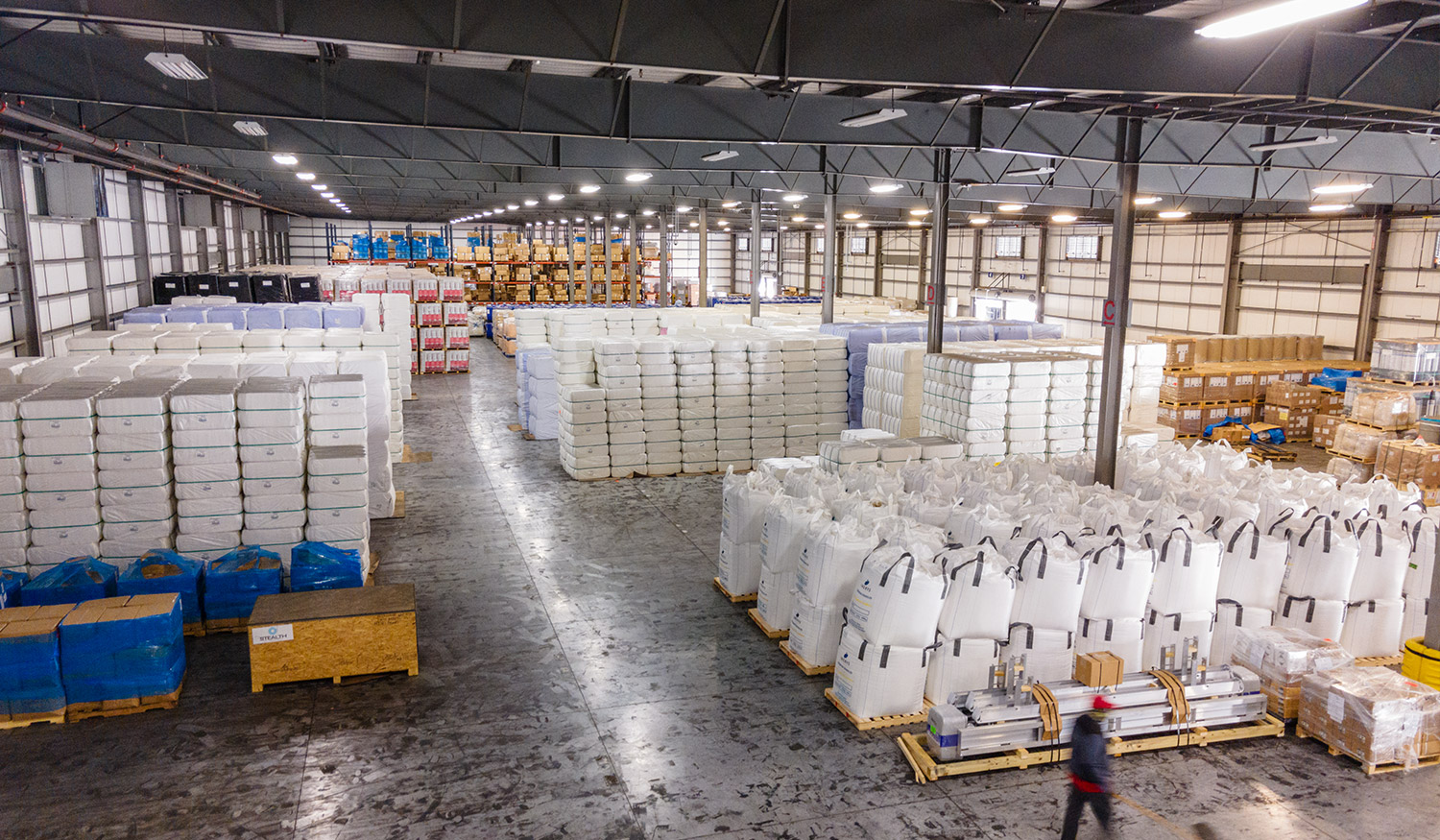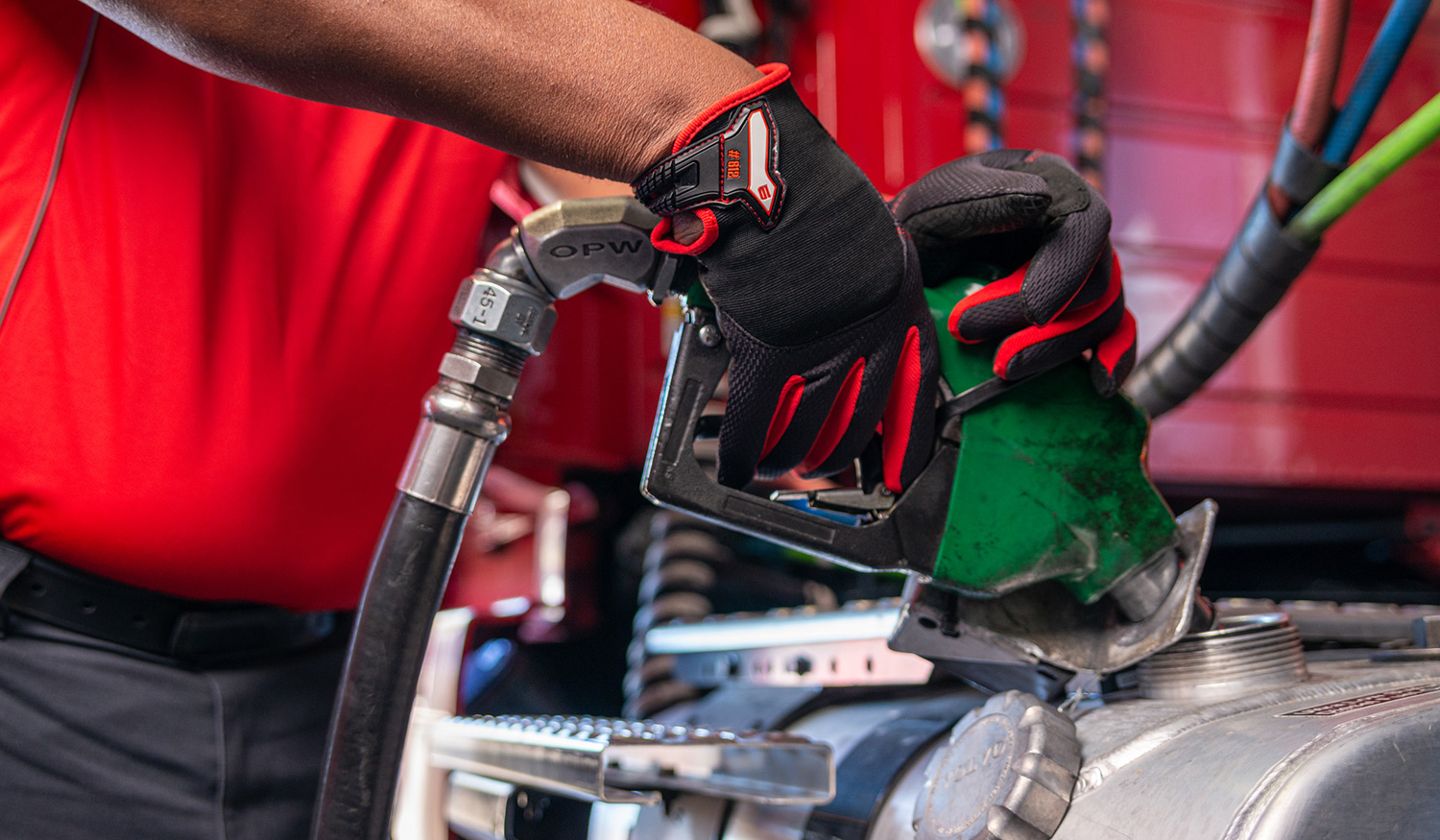As the Wall Street Journal reported in September of last year, the global shortage of computer chips fueled by the pandemic has dramatically affected commercial truck and trailer production.
And the issue isn't limited to semiconductors. Truck tires, mirrors, wiring harnesses, and more are held up in global shipping bottlenecks that are further cutting into availability.
The same month the WSJ article outlined the issue, freight analysis company FTR conducted a “State of the Freight” series in which Vice President of Commercial Vehicles Don Ake said, “there are no reliable signs that would allow anyone to predict when there will be any relief in the supply chain.”
Those concerns continue to manifest themselves.
Barely a month into the new year, dealerships across the country reported that they were already "sold out for the year," and had to put potential buyers on year-long wait lists.
This highlights the challenge OEMs have faced in planning production for 2022 – with unfinished orders rolling over from 2021 and fleets desperate for new trucks and trailers. In order to manage the backlog, some OEMs went so far as to cancel 2021 orders and rebook them in 2022 – often at higher prices. Others have strictly curtailed the number of orders they’ll book each month.
March orders weak.
According to preliminary data from ACT Research, North America’s Class 8 truck orders totaled 21,300 units in March. FTR has a similar estimate of 21,500.
That extrapolates to a yearly sales estimate of 252,000 for 2022 – down from 365,000 in 2021, despite record demand.
According to FTR’s Don Ake, manufacturers are attempting to minimize backlogs by booking orders just a month at a time. “The March order total reflects a market frozen in place,” he said. “OEMs are evaluating the business environment monthly and only entering enough orders to fill in about a month’s worth of production in the schedule. March’s number indicates that production levels stayed flat.” With the current backlog sitting at just under a year, Ake expects orders to remain in the 21,000 range until manufacturers feel confident with future supply chain performance.
The waiting game.
Given the difficulty of finding replacements, many fleets are holding onto trucks and trailers longer than usual. This creates a particular issue for California carriers, since The California Air Resources Board has approved regulations that would prohibit trucks with engines over 14 years old from operating within the state.
But the overarching problem affects carriers nationwide – the very supply chain they’re responsible for keeping in motion has clogged, hampering their ability to get the trucks they need to help move goods through the system.
Once conditions improve, OEMs will be able to ramp up their orders. But for the moment, the market remains stagnant. Still, Ake sees hope on the horizon. “Several automakers recently announced computer chip supplies remain tight,” he says. “But there are still expectations of supply chain improvements in the second half of the year.”
A little more good news; as a leading provider of freight transportation and supply chain management, Averitt maintains one of the most modern fleets in the industry. In fact, 87% of our tractors are less than two years old and our trailer fleet has an average age of less than 5 years – which puts us in an ideal position to successfully ride out the current production delays.







